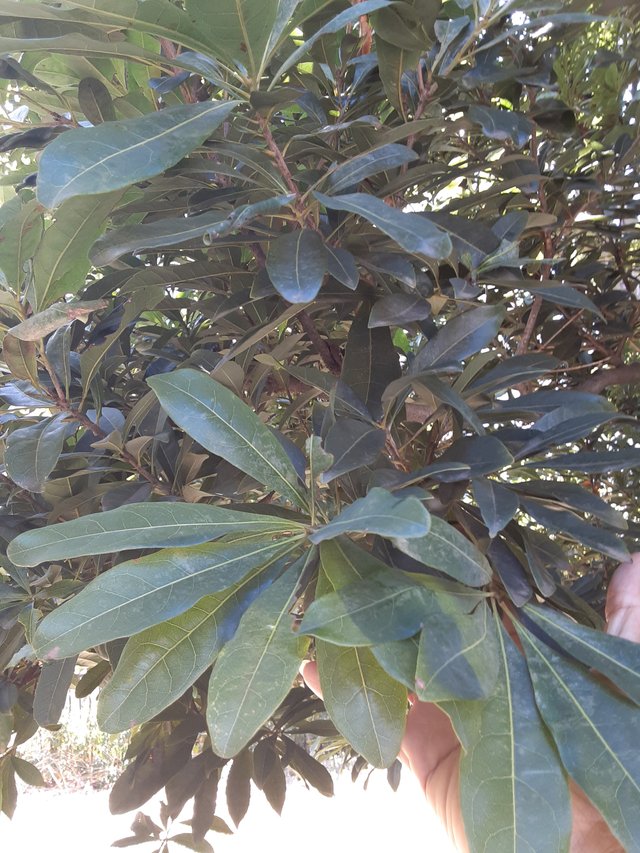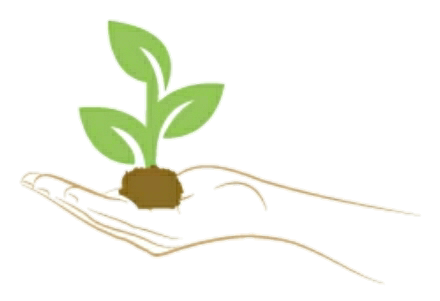
Myrica rubra, also known as the Chinese bayberry, champoi, or Chinese strawberry, is a fascinating evergreen tree native to East Asia. It's known for its beautiful foliage and delicious fruit, but the leaves themselves hold interesting characteristics as well.
Myrica Rubra: A Description
Myrica rubra can grow up to 20 meters (66 feet) tall, boasting a smooth, gray bark and a uniform, round crown. Its leaves are the true stars of the show, with a leathery texture and a beautiful elliptic-obovate to oval lanceolate shape. Imagine an elongated oval with a slightly pointed or tapered tip at the end. These leaves range from 5-14 cm (2-5.5 inches) in length and 1-4 cm (0.4-1.6 inches) wide. One interesting feature is that the margins, or edges, can be serrated, particularly in the upper half.
The underside of the Myrica rubra leaf is a pale green with sparse to moderate golden glands, adding a touch of texture and visual interest. The top surface is a contrasting dark green, creating a two-toned effect. These leaves alternate along the branches, each attached by a petiole, or small stalk, measuring 2-10 millimeters long.
Potential Uses of Myrica Rubra Leaves
Traditionally, Myrica rubra leaves have been used in various ways throughout East Asia, particularly in China, Japan, and Korea.
- Folk Medicine: Leaf extracts have been used in traditional medicine to treat burns, skin diseases, and even diarrhea [1].
- Antioxidant Properties: Studies have shown that Myrica rubra leaves contain high levels of proanthocyanidins, a type of antioxidant with potential health benefits [2]. These antioxidants may help protect cells from damage and reduce inflammation.
- Food Industry: Research suggests the leaves may have applications in the food industry due to their natural antimicrobial and antiviral properties [2].
Important Note: While there is some traditional use and ongoing research, it's important to consult with a medical professional before using Myrica rubra leaves for any medicinal purpose. More study is needed to fully understand the safety and efficacy of these uses.
Overall, the Myrica rubra is a visually striking tree with interesting leaves that hold potential benefits beyond their ornamental value. As research continues, we may learn even more about the unique properties of this plant.
Ref.:
 |  |
Upvoted! Thank you for supporting witness @jswit.
Downvoting a post can decrease pending rewards and make it less visible. Common reasons:
Submit